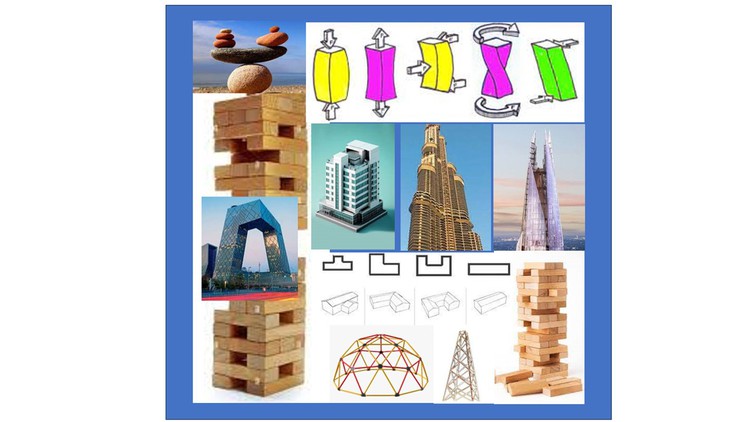
Construction Stability, Methods of Structural Analysis, Architectural Considerations of Stability in Building Design
What you will learn
Provide participants with an understanding of the core principles governing stability in construction
Equip participants with the knowledge of both traditional methods and modern computer-aided tools for structural analysis
Familiarize with the properties of construction materials and guide them in the process of selecting and matching materials to structural requirements
Understanding the principles of structural design, safety factors, and compliance with codes and standards.
Explore different types of foundations and their role in maintaining stability.
Understanding the Role of Soil in Stability
Description
In the dynamic realm of architecture and engineering, the stability of structures is paramount. Stability refers to the ability of a structure to maintain its equilibrium and resist deformation or collapse under various loads and environmental conditions. It directly impacts the safety, integrity, functionality, and economic and environmental sustainability of buildings and other constructions. Engineers and architects must prioritize stability considerations to create structures that stand the test of time and provide a safe and reliable environment for their intended purposes.
This comprehensive course is designed to unravel the essential principles and logical frameworks that underpin the design and construction of stable and resilient structures. This course is designed to equip participants with a deep understanding of stability in construction, providing insights into the underlying concepts that drive the design and construction process.
Whether you are a seasoned professional in the construction industry, an aspiring engineer, or an architect seeking a deeper understanding of stability, this course will empower you with the knowledge to create structures that stand the test of time. By the end of this course, participants will be well-versed in the fundamental logic of construction stability, enabling them to contribute effectively to the design and construction of safe, enduring, and innovative structures.
Content